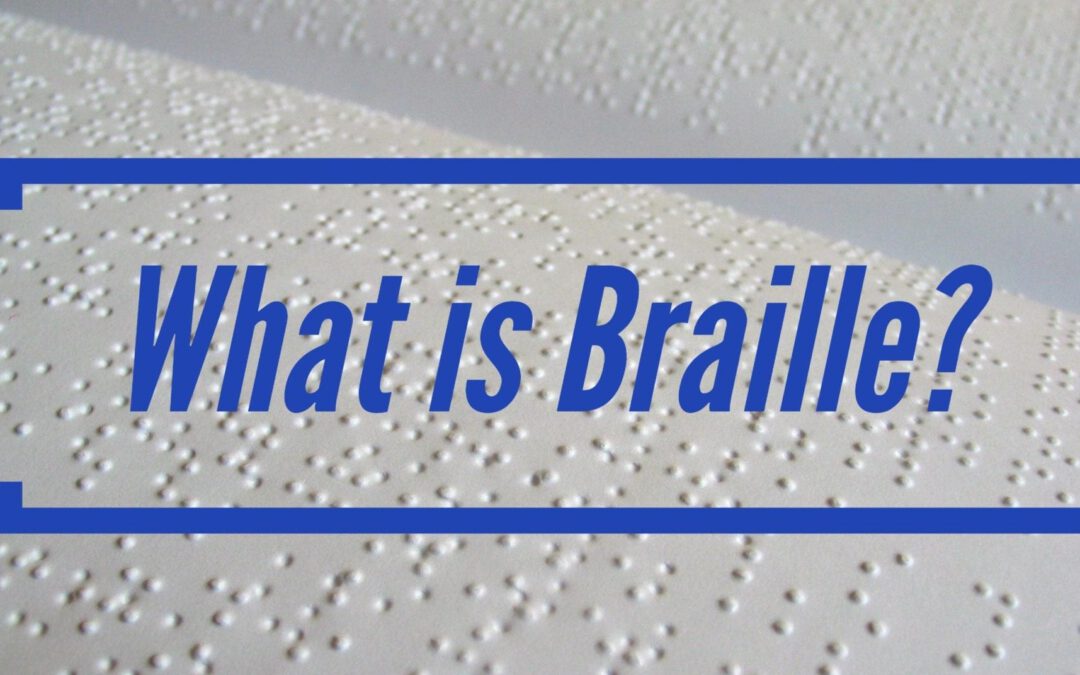Braille is a tactile writing system used by individuals who are visually impaired or blind. Named after its inventor, Louis Braille, this system allows users to read and write through touch rather than sight. Since its development in the early 19th century, Braille has transformed the way people with visual impairments interact with the world, providing them with greater independence and access to information.
The Origins of Braille
The story of Braille begins with its inventor, Louis Braille, who was born in Coupvray, France, in 1809. At the age of three, an accident caused him to lose sight in one eye, and an infection later claimed the sight in his other eye, rendering him completely blind. Despite his disability, Louis excelled in his studies and was admitted to the Royal Institute for Blind Youth in Paris.
At the time, the primary method for teaching the blind involved the use of raised print letters. However, this system was cumbersome and difficult to read. In 1821, Louis encountered a military code known as “night writing,” devised by Charles Barbier for soldiers to communicate silently and without light. Although this system was too complex for general use, it inspired Louis to develop a simpler, more efficient system.
By 1824, at the age of just 15, Louis Braille had created the first version of what would become known as Braille. His system utilized a six-dot cell, allowing for 64 possible combinations. These combinations could represent letters, numbers, punctuation, and even musical notes. In 1829, he published his system, and it gradually gained acceptance, eventually becoming the standard form of written communication for the blind.
The Structure of Braille
Braille is based on a six-dot cell, with two columns of three dots each. The dots are numbered from one to six. Different combinations of these dots represent different characters. For example:
- The letter “A” is represented by a single dot in the first position.
- The letter “B” is represented by dots in the first and second positions.
- The letter “C” is represented by dots in the first and fourth positions.
Each cell can represent a letter, number, punctuation mark, or even a whole word or abbreviation, depending on the context. This compact and versatile system enables efficient communication and allows users to read quickly through touch.
Variations and Extensions of Braille
Over time, Braille has been adapted to different languages and contexts. Each language has its own Braille alphabet, which takes into account the unique characters and diacritics used. For example, the English Braille system is different from the French, Spanish, or Arabic Braille systems.
In addition to literary Braille, there are other specialized forms, such as:
- Mathematical Braille: Known as Nemeth Braille, this system includes symbols for mathematical operations, fractions, and equations.
- Music Braille: This allows musicians to read and write music notation.
- Computer Braille: Used for coding and other computer-related activities, this system includes characters for programming languages and other technical symbols.
Braille Technology
Advancements in technology have greatly enhanced the usability and accessibility of Braille. Traditional Braille was produced using a slate and stylus or a Braille typewriter, but modern innovations have introduced electronic Braille devices, which offer greater flexibility and connectivity.
Braille Displays: These devices connect to computers, tablets, or smartphones and translate on-screen text into Braille. They use an array of pins that move up and down to form Braille characters. This technology allows users to access digital content, browse the internet, and interact with various software applications.
Braille Note-takers: These portable devices function like Braille-enabled laptops, allowing users to take notes, read books, send emails, and more. They often include features such as speech output, wireless connectivity, and support for various file formats.
Braille E-books and Printing: E-books in Braille format are available for download, making it easier for visually impaired individuals to access a wide range of literature. Additionally, Braille embossers can print Braille on paper, creating hard copies of books, documents, and other materials.
The Importance of Braille Literacy
Braille literacy is crucial for the personal and professional development of visually impaired individuals. It provides a means of independent communication, access to education, and participation in the workforce. Research has shown that Braille literacy is strongly associated with higher employment rates and better academic performance among the blind.
Challenges and Future Directions
Despite its many benefits, Braille faces challenges in the modern world. The advent of screen readers and audio books has led to a decline in Braille usage. While these technologies offer convenience, they cannot fully replace the benefits of Braille literacy. Reading Braille engages different cognitive processes than listening to audio, promoting better comprehension and retention of information.
To address these challenges, educators and advocates are working to promote Braille literacy and ensure that Braille education is integrated into the curriculum for visually impaired students. There are also ongoing efforts to develop new technologies and applications that make Braille more accessible and user-friendly.
Conclusion
Braille remains an essential tool for individuals with visual impairments, offering a tactile means of reading and writing that fosters independence and inclusion. From its origins with Louis Braille to the advanced digital Braille technologies of today, Braille continues to evolve, adapting to the changing needs and opportunities of the modern world. As we move forward, it is crucial to support and promote Braille literacy, ensuring that all individuals have the opportunity to fully participate in society.
